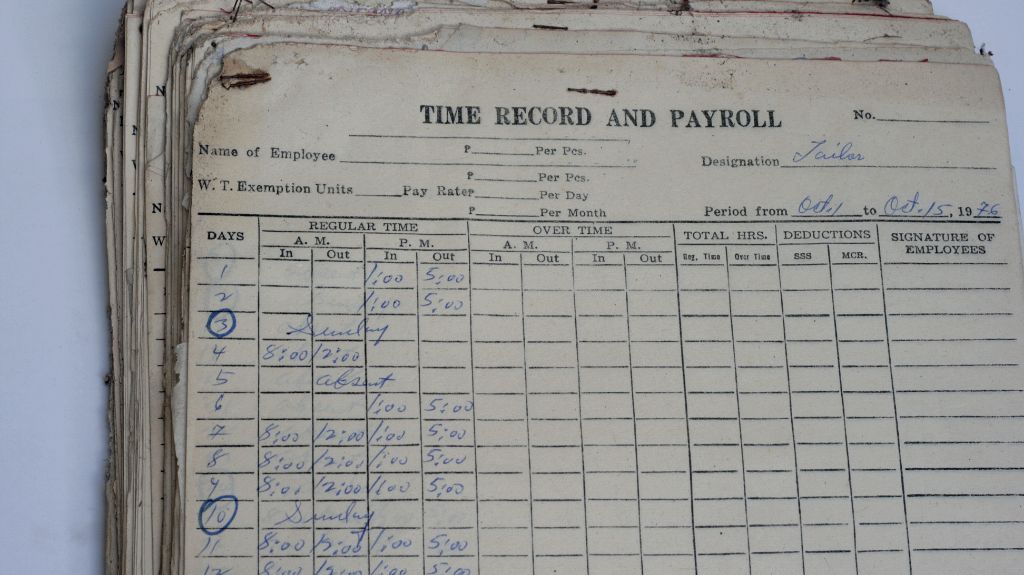
Choosing the right automated timekeeping system is a critical decision for any organization aiming to streamline operations, improve accuracy, and enhance workforce management. With a wide array of options available, selecting the best-fit solution requires careful evaluation and consideration of various factors. In this blog post, we will guide you through the process of evaluating and purchasing an automated timekeeping system that meets your business needs.
Before beginning your search for an automated timekeeping system, it's essential to assess your organization's specific needs and objectives. Consider factors such as the size of your workforce, industry requirements, existing payroll and HR systems, and regulatory compliance needs. Determine your primary goals for implementing the system, whether it's to improve payroll accuracy, optimize scheduling, reduce labor costs, or enhance employee productivity.
Outline the key features and functionalities that are essential for your organization. Common features of automated timekeeping systems include:
Prioritize features based on your organization's specific requirements and operational objectives. Create a checklist or matrix to compare potential solutions against these criteria.
Conduct thorough research to identify reputable vendors that offer automated timekeeping systems tailored to your industry and business size. Utilize online resources, industry publications, and peer recommendations to compile a list of potential vendors. Request demonstrations or trials from shortlisted vendors to experience their systems firsthand and assess usability, interface intuitiveness, and overall user experience.
Evaluate the integration capabilities of each timekeeping system with your existing software ecosystem. Ensure compatibility with your payroll, HR management, and accounting systems to facilitate seamless data synchronization and reduce manual data entry. Integration capabilities are crucial for eliminating duplicate efforts, enhancing data accuracy, and improving overall operational efficiency.
Choose a timekeeping system that can scale alongside your organization's growth and evolving needs. Consider future expansion plans, changes in workforce size, and potential technological advancements. Scalable systems offer flexibility to adapt to changing business environments without requiring costly upgrades or replacements.
Ensure that the automated timekeeping system prioritizes robust security measures to protect sensitive employee data. Verify compliance with data privacy regulations, such as GDPR or CCPA, and inquire about encryption protocols, access controls, and data backup procedures. Select a vendor with a proven track record in data security to mitigate risks of unauthorized access or data breaches.
Reach out to existing customers or seek references from the vendor to gather firsthand insights into their experiences with the timekeeping system. Inquire about reliability, customer support responsiveness, system uptime, and overall satisfaction with the product. User feedback and testimonials provide valuable perspectives to inform your decision-making process.
Evaluate the total cost of ownership (TCO) associated with each automated timekeeping system. Consider upfront costs such as software licensing fees, implementation and training expenses, and any hardware requirements. Additionally, assess ongoing costs, including maintenance fees, software updates, and technical support subscriptions. Calculate potential return on investment (ROI) based on projected savings in payroll processing time, reduced compliance penalties, and improved workforce productivity.
Once you've identified a preferred vendor and automated timekeeping system that meets your criteria, negotiate terms and finalize the contract. Review the terms and conditions thoroughly, including service-level agreements (SLAs), warranties, and support agreements. Ensure that all agreed-upon features, pricing, and implementation timelines are documented in writing before proceeding with deployment.
Coordinate with the vendor to schedule implementation and deployment of the automated timekeeping system. Develop a comprehensive training plan for employees to ensure they understand how to use the system effectively. Provide ongoing support and resources to address any questions or issues that may arise during the transition period.
Selecting and implementing an automated timekeeping system requires careful consideration of your organization's unique needs, objectives, and operational requirements. By following these steps and conducting thorough due diligence, you can confidently evaluate, purchase, and implement a system that enhances efficiency, accuracy, and compliance within your workforce management practices. Embrace the benefits of automation to streamline processes and empower your organization to achieve optimal performance and sustainable growth.
iComp Payroll & HR has over 25 years of experience in payroll, human resources, and timekeeping services for small and medium sized businesses in Minnesota and across the Midwest.
Don’t hesitate to reach out for a free demo of our accurate, affordable, and reliable payroll and timekeeping services by calling 651.259.4260 or completing our online form here.
[Disclaimer: This blog post is for informational purposes only and should not be construed as legal advice. Employers should consult with legal counsel or HR professionals for guidance on complying with all applicable rules and regulations.]